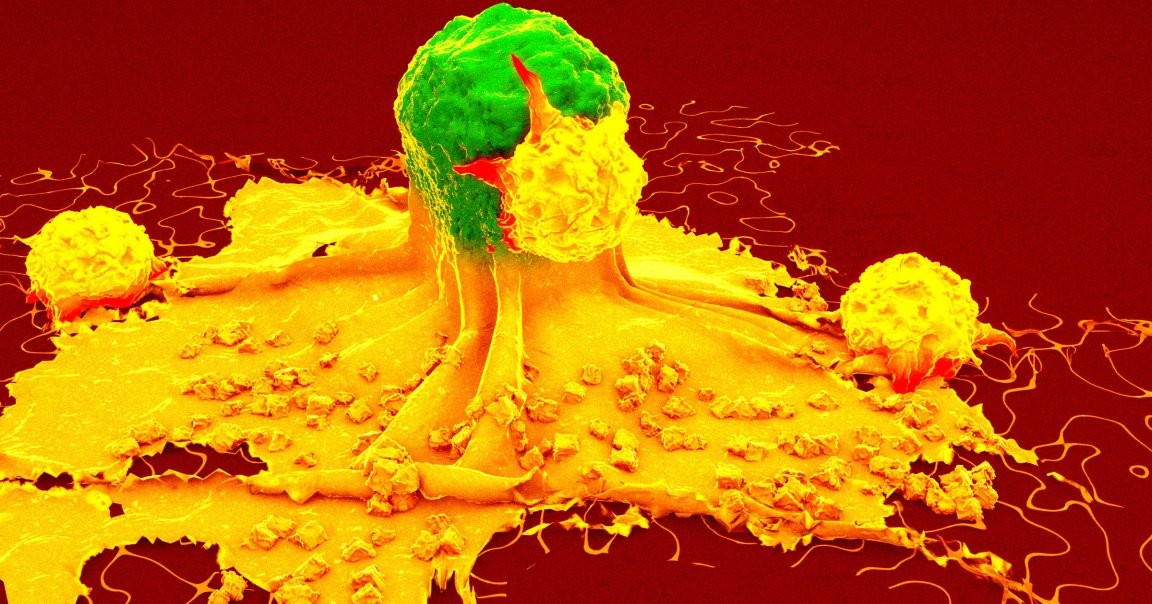A Cancer-Fighting Shot in Mice—Could It Stop Metastasis in Humans?
1) A nanoparticle vaccine has been developed that researchers say can prevent or slow multiple cancers in mice. 2) In a striking result, 80% of vaccinated mice exposed to melanoma cells three weeks earlier remained tumor-free for 250 days, while all unvaccinated mice or mice given a non-nanoparticle formulation developed tumors and died within 35 days. 3) Experts say metastasis is the biggest hurdle in cancer mortality, and these findings highlight the possibility of stronger defenses against cancer spread.

In This Article:
How the Vaccine Works: Multi-Pathway Activation Inside Lipid Nanoparticles
1) The scientists encase adjuvants—substances that boost the immune response—and melanoma peptide antigens inside specialized lipid nanoparticles. 2) They say the nanoparticles activate the immune system through multiple pathways, enhancing the body's ability to recognize and attack tumor cells. 3) "By engineering these nanoparticles to activate the immune system via multi-pathway activation that combines with cancer-specific antigens, we can prevent tumor growth with remarkable survival rates." — Prabhani Atukorale

Tumor Battle: Results Across Cancers
1) In melanoma exposure, 80% of vaccinated mice stayed tumor-free for the full 250 days of the study; by contrast, all unvaccinated mice developed tumors and did not survive long. 2) In a separate set of experiments, 88% of vaccinated mice exposed to pancreatic cancer rejected the tumor; 75% avoided breast cancer; 69% avoided melanoma. 3) The approach seems to prime the body's tumor-fighting T cells to recognize and attack melanoma cells specifically.

Memory and a System-Wide Defense
1) Researchers say the memory immune response may be the most powerful aspect, traveling beyond the local site to defend the whole body. 2) "The tumour-specific T-cell responses that we are able to generate — that is really the key behind the survival benefit," said Griffin Kane, the study's first author. 3) "There is really intense immune activation when you treat innate immune cells with this formulation, which triggers these cells to present antigens and prime tumor-killing T cells."

Next Steps and Caution
1) The team has launched NanoVax Therapeutics to explore applying this design across multiple cancer types in therapeutic and preventive settings. 2) Translating from mice to humans will take years, and safety remains a critical question as scientists study risks of prompting the immune system to recognize cancers. 3) "Future studies incorporating additional markers of systemic inflammation and tissue-level pathology will be critical to fully evaluate tolerability and support clinical translation," the researchers concluded. 4) Ongoing work aims to assess tolerability and systemic inflammation to guide eventual clinical use.

